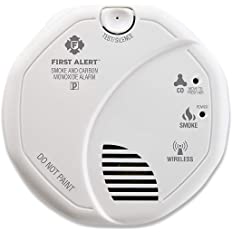Protecting Your Pets: A Guide to Fire Safety
We all love our pets and consider them an integral part of our family. They bring us joy, companionship, and unconditional love. So, naturally, their safety is a priority for us. One essential aspect of pet safety that often gets overlooked is fire safety. It’s crucial to have a plan in place to protect our furry friends from potential fire hazards.
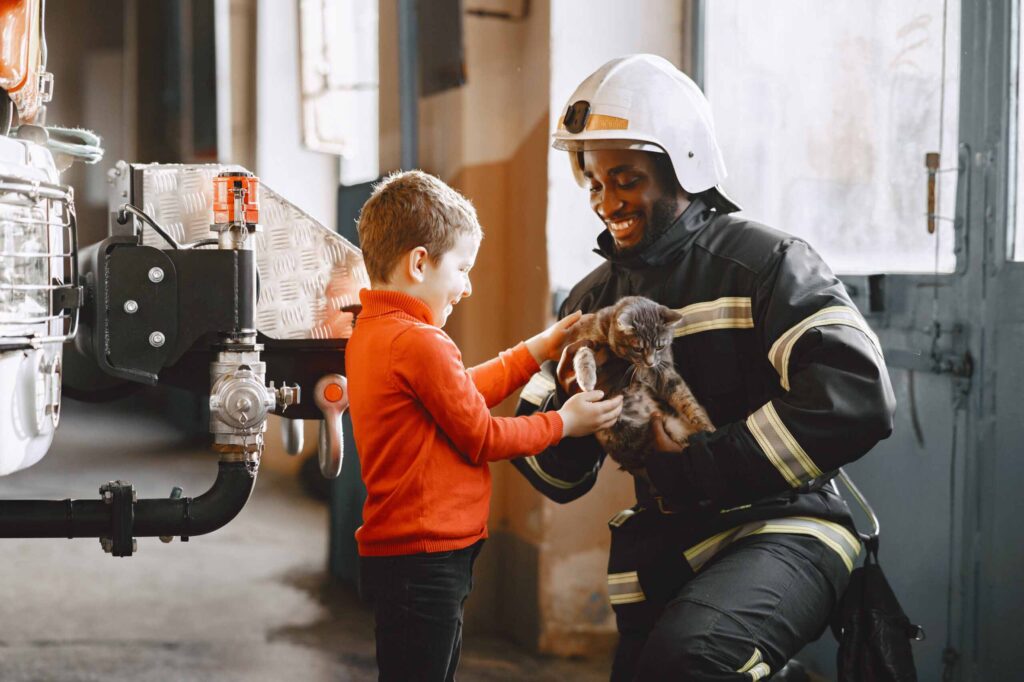
Image via Freepik
1. Preventive Measures:
Prevention is always better than cure. Here are some preventive measures you can take to safeguard your pets:
Never Leave Open Flames Unattended: Pets are curious creatures. An unattended candle or stove can be a potential hazard if your pet knocks it over. Always supervise open flames.
Pet-Proof Your Home: Ensure wires and cables are out of reach. Pets might chew on electrical cords, posing a risk of sparking a fire.
Be Cautious with Space Heaters: Pets might knock over a space heater, which could ignite a fire. Make sure to switch them off when not in use or when leaving the room.
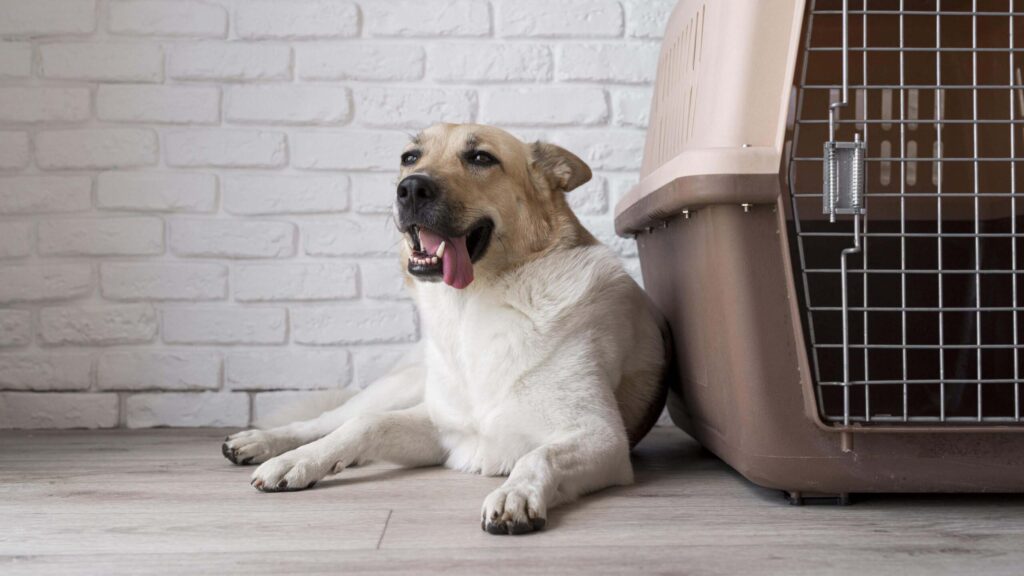
Image via Freepik
2. Smoke Detectors:
Smoke detectors are a must in every home. They can alert you early in case of fire, giving you precious time to evacuate your pets safely. Regularly check and change the batteries to ensure they’re functioning correctly.
3. Pet Rescue Alert Stickers:
Consider using a pet rescue alert sticker. This sticker can be placed on a window or door and will let firefighters know there are pets inside your home.
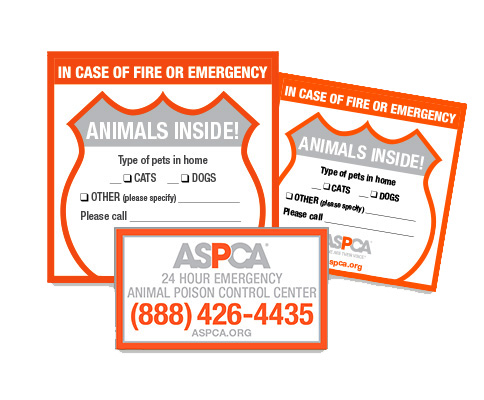
ASPCA Emergency Pet magnets/stickers
4. Emergency Plan:
Just like you have a fire evacuation plan for human members of your family, it’s important to have one for your pets. Practice escape routes with your pets. Keep leashes, carriers, and treats near exits to help guide your pets out during an emergency.
5. Keep Information Updated:
Ensure your pet’s identification tags and microchips have up-to-date information. In case of evacuation, this will increase the chances of being reunited with your pet if you get separated.
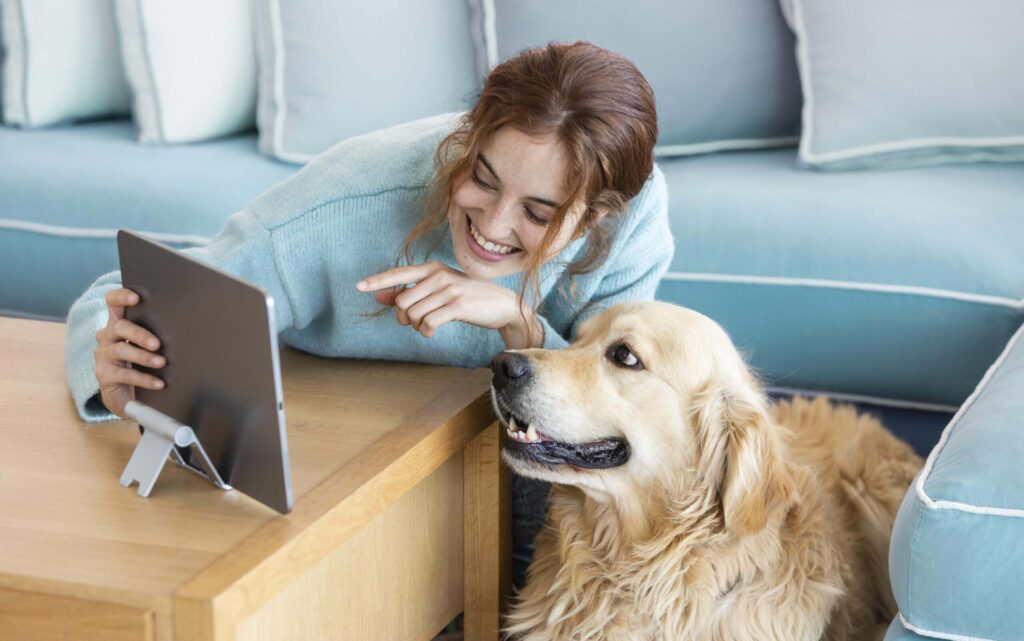
Image via Freepik
6. After the Fire:
Pets can become disoriented after a fire. Keep them confined and monitor them closely for signs of stress or health issues. Consult with your vet immediately if you notice any problems.
Remember, our pets rely on us for their safety. By following these fire safety tips, you can help ensure your pet stays safe and secure. Fire safety awareness isn’t just about preventing fires but also knowing how to act if a fire does occur. Let’s keep our four-legged family members safe!
Did you know? About 40,000 pets are affected by home fires each year!
 About the Author:
About the Author:
Wyatt Baggett is the Marketing Associate at Young-Williams Animal Center. With over five years of experience working with shelter pets and a passion for animal welfare, he enjoys creating informative content for pet parents. When he’s not working, Wyatt enjoys hanging out with his three rescue dogs, thrifting, and hunting down the best eats around Knoxville.

